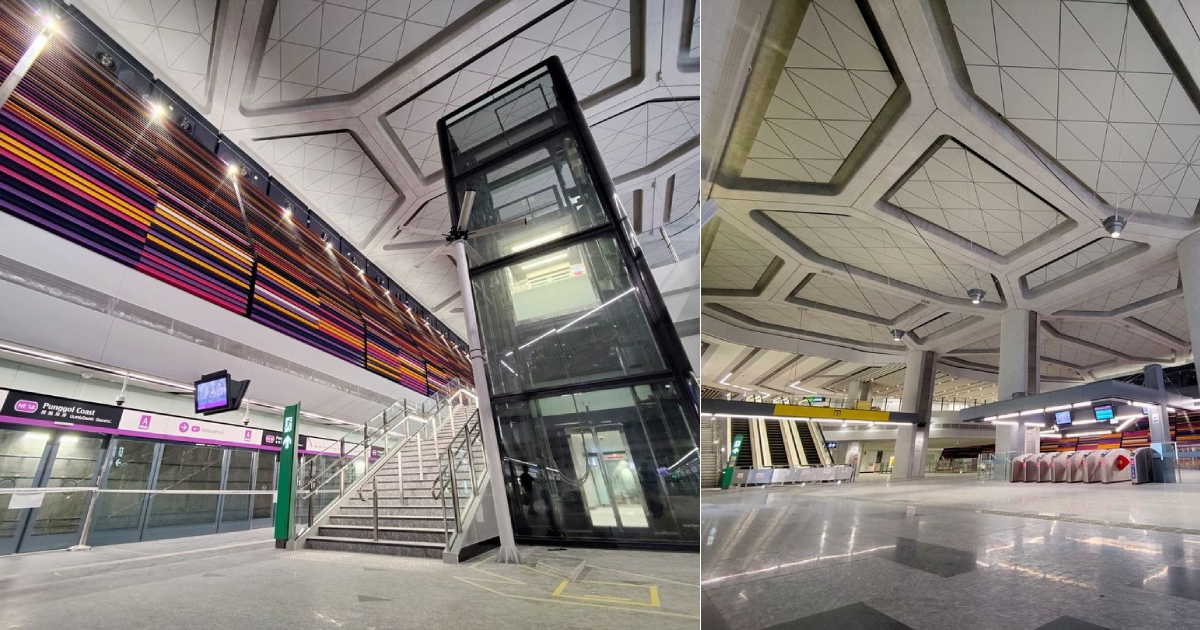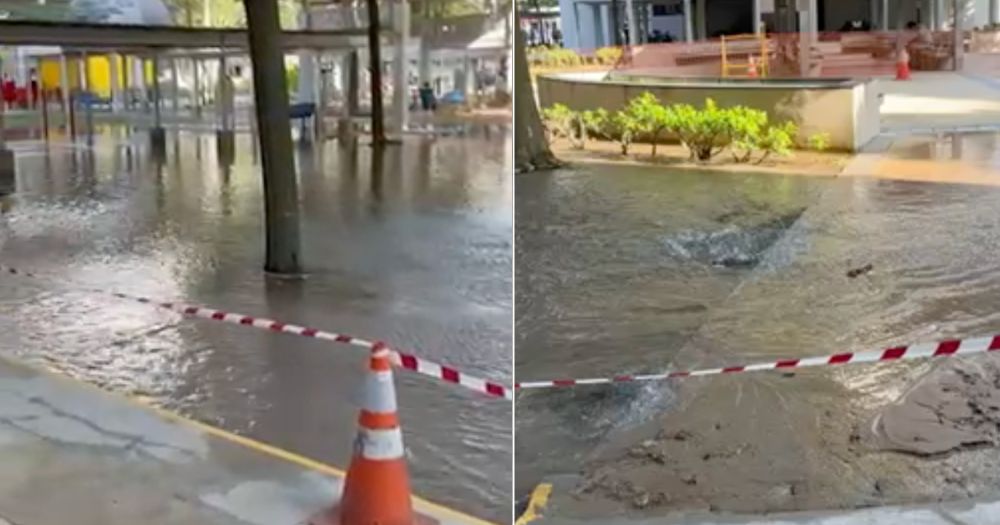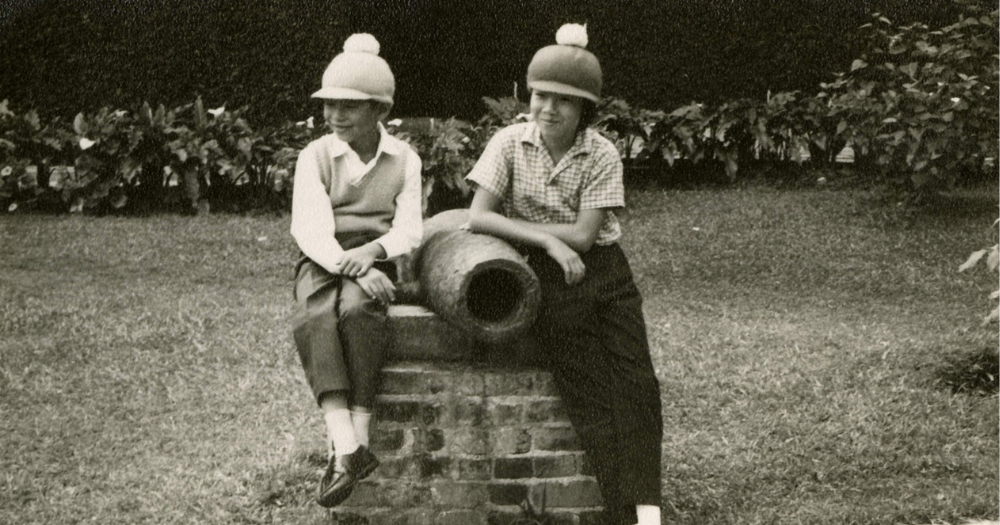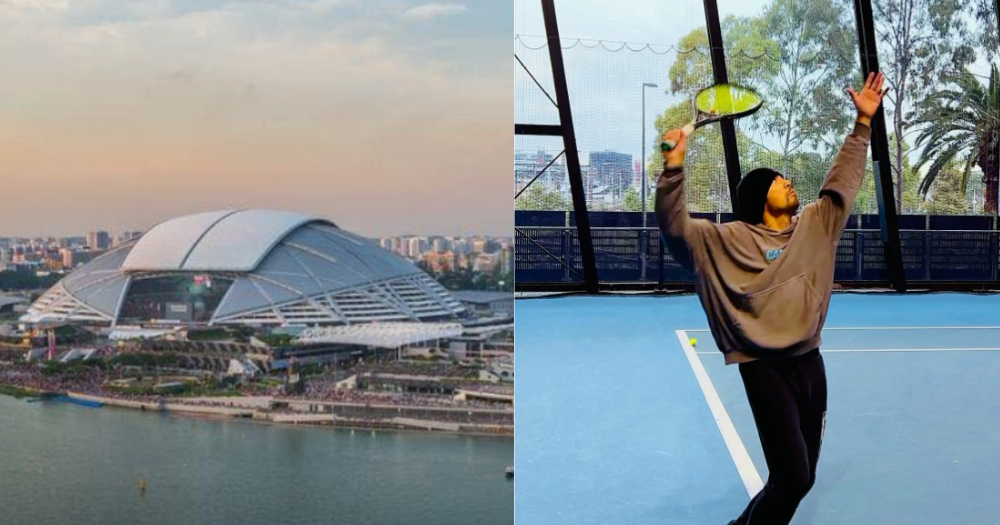Alkaff Lake at new Bidadari Park not just aesthetic, can hold 40,000m3 of stormwater to prevent flooding
Water levels in the lake can rise to 4m during heavy rainfall.
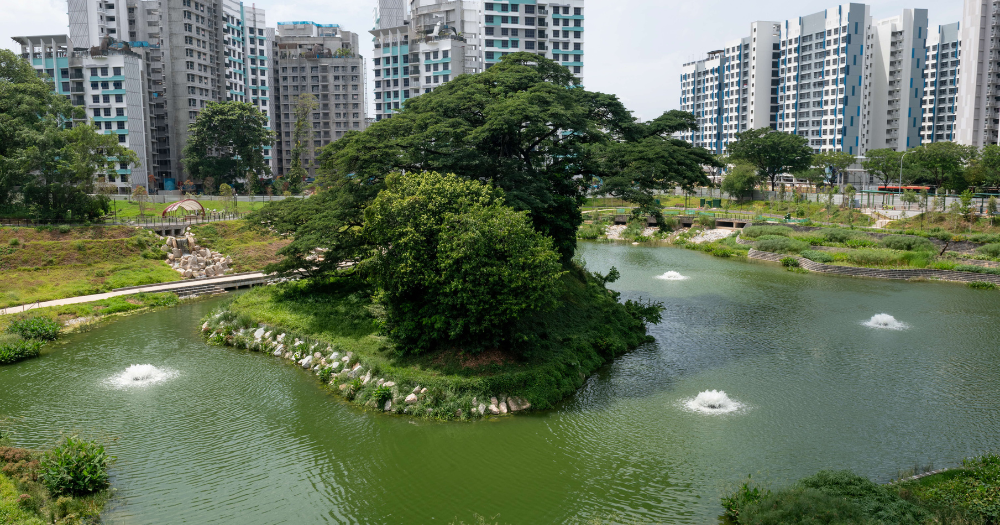
Alkaff Lake is not your typical lake.
In dry weather, it looks like a regular lake, forming part of the newly opened Bidadari Park.
It is however, also Singapore’s first-of-its-kind stormwater retention pond, conceived by national water agency PUB in collaboration with the Housing & Development Board (HDB) and National Parks Board (NParks).
Integrated into the park, the lake was designed primarily as a solution to support the increased stormwater runoff from the new Bidadari estate, as well as to take pressure off the downstream public drainage system and mitigate flood risks.
Water levels in the lake will usually reside between 1 to 1.5m, but can swell to 4m during heavy rainfall.
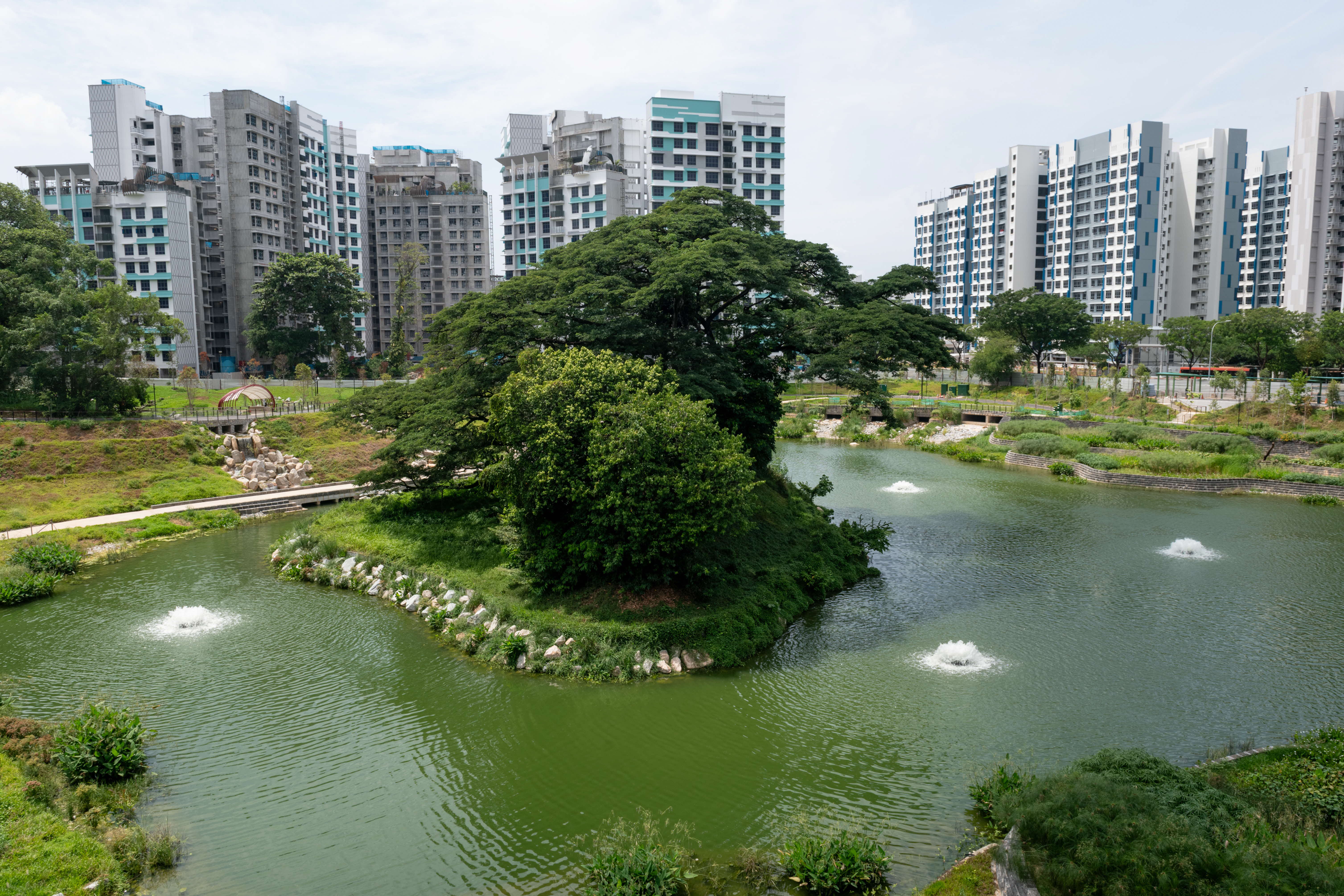 Photo from PUB
Photo from PUB
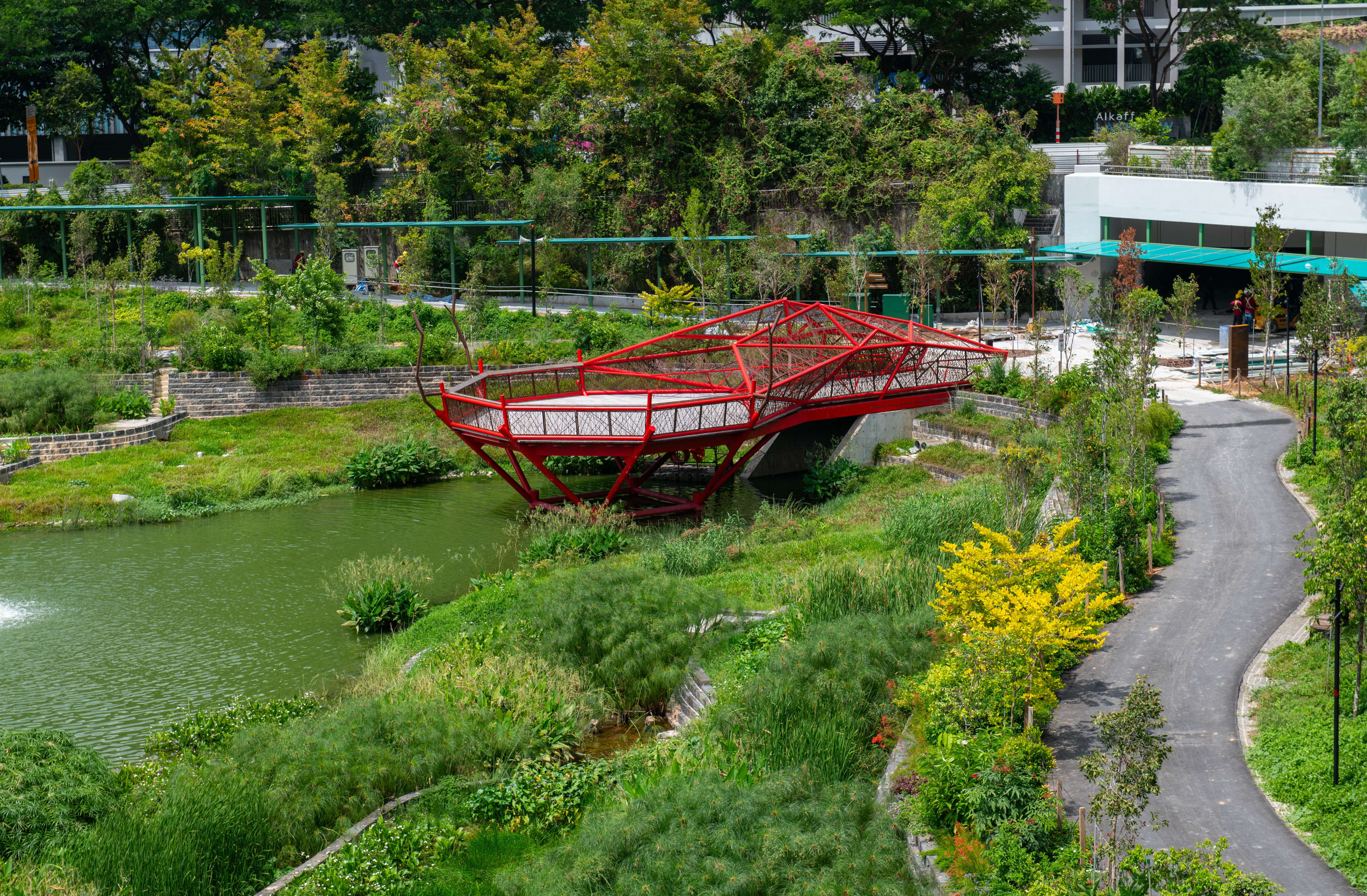 Photo from PUB
Photo from PUB
Holding stormwater
The Alkaff Lake is 1.8 hectares in size, and can hold up to 40,000 cubic metres of water, the equivalent of 16 Olympic-sized swimming pools.
It is located at the lowest point of elevation in the Alkaff district, and can retain more than half of the district’s stormwater run-off, which will be channeled in from surrounding drains by gravity.
Currently, stormwater flows from Alkaff Lake to the Happy Ave outlet drain before eventually flowing into the Kallang River and reaching the Marina Reservoir.
However, drains along Happy Avenue in MacPherson cannot be widened due to the presence of landed houses.
To overcome these space constraints and manage the stormwater run-off from Alkaff estate, Alkaff Lake came about.
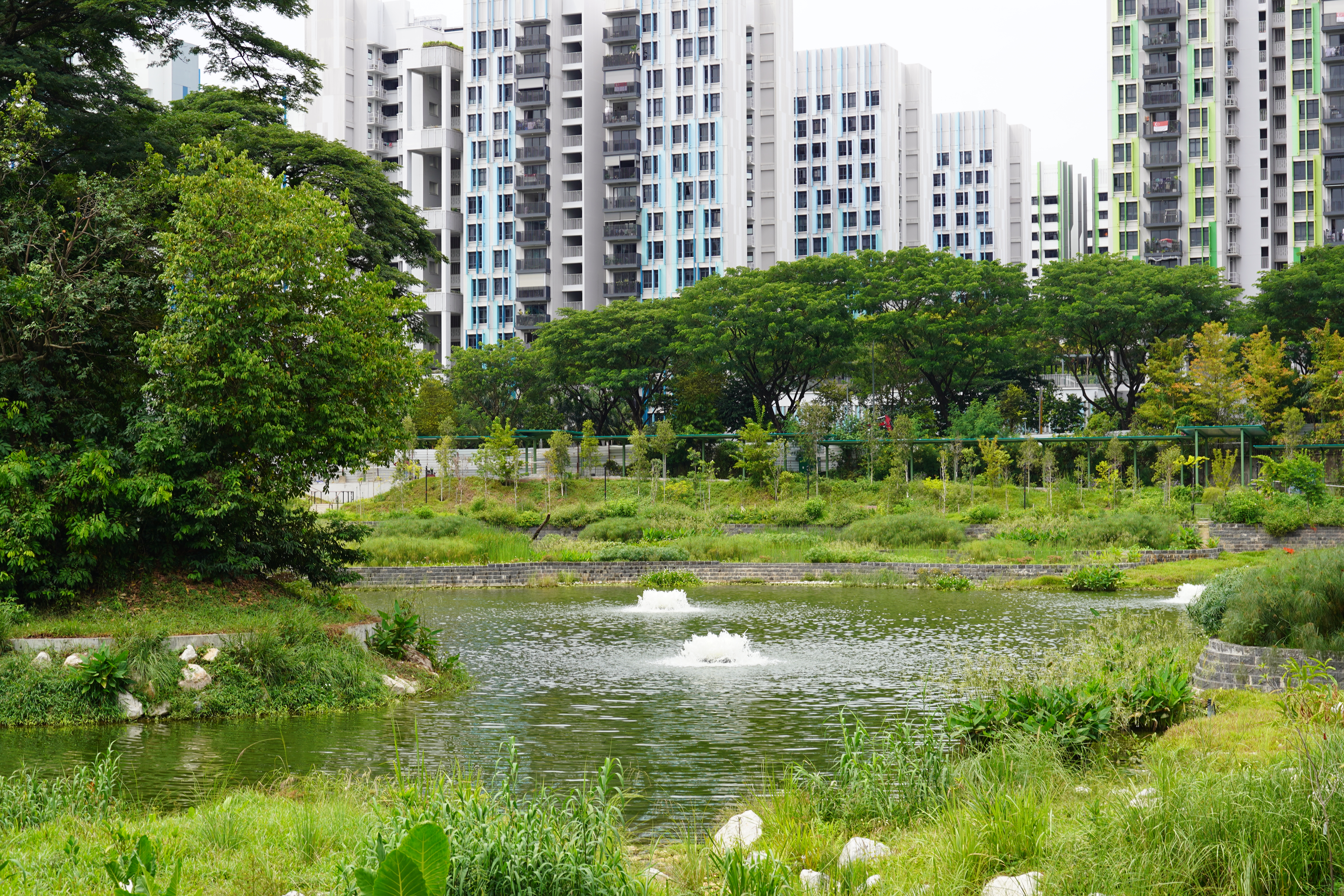 Photo by Natalie Ong
Photo by Natalie Ong
Remember Kallang River @ Bishan-Ang Mo Kio Park?
The lake also drew inspiration from the Kallang River @ Bishan-Ang Mo Kio Park, which was completed in 2012.
Once a concrete canal, the park now boasts a meandering river that transforms into a floodplain on rainy days.
However, what differentiates Alkaff Lake from the Kallang River @ Bishan-Ang Mo Kio Park is that Alkaff Lake retains water, whilst Bishan-Ang Mo Kio Park sees a constant flow of water.
In dry weather, the lake doubles up as a recreation and community space for the public to enjoy.
Challenges
However, the lake being at the lowest point in the area did bring about some challenges during its construction.
For example, the site would tend to accumulate rainwater during wet weather, which had to be pumped out periodically to minimise impact on construction work.
The presence of a mature rain tree in the middle of the area was also another element that made the development of the lake more complex.
It was decided after consultation with NParks to preserve the rain tree on an island in the middle of the lake.
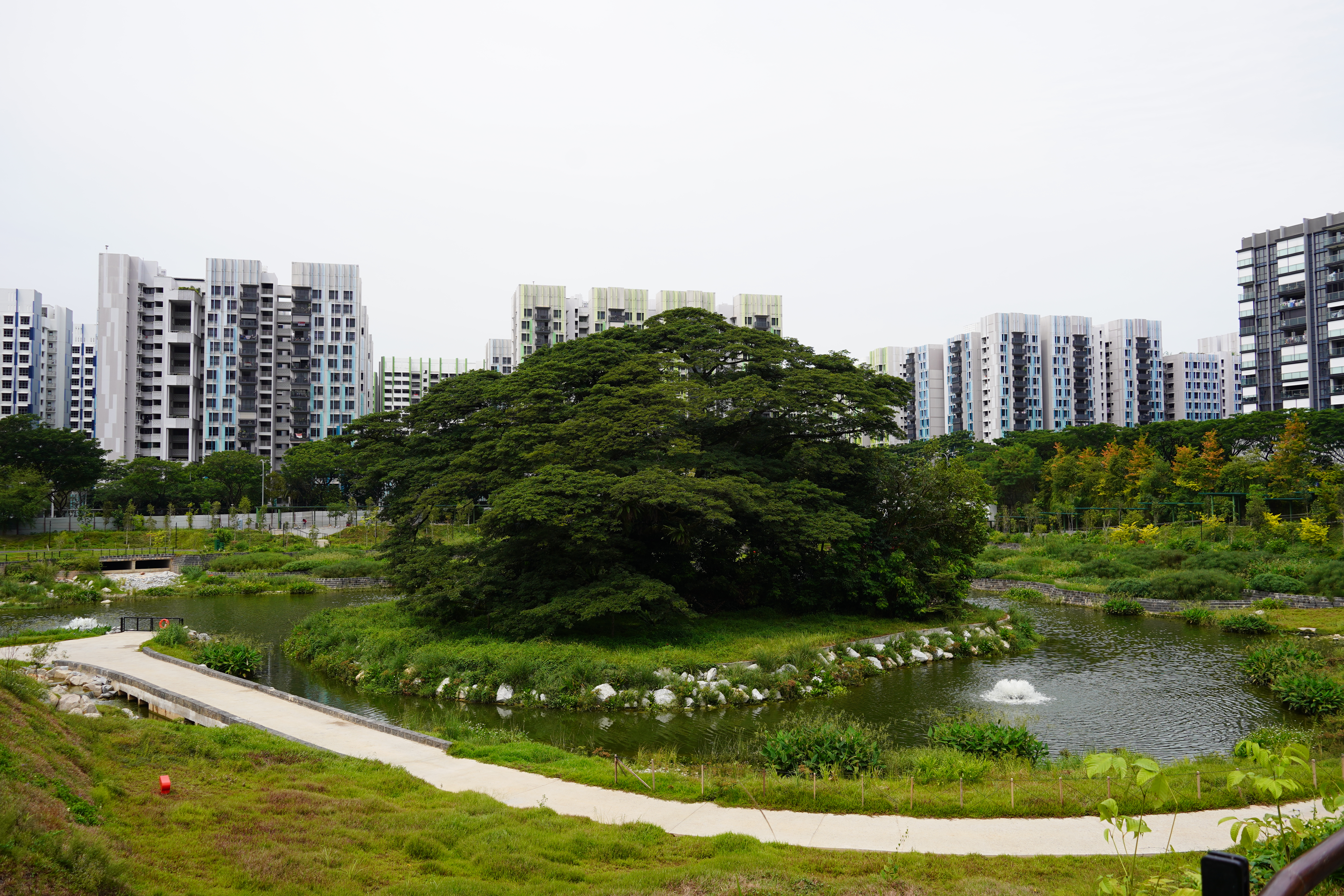 Photo by Natalie Ong
Photo by Natalie Ong
Safety measures in place
Similar to Bishan-Ang Mo Kio Park, safety features have been strategically placed to warn visitors in the event of heavy rainfall.
Fret not, for it would take approximately 1.5 hours for the water level to rise up to 4m.
When this happens, "public should not be alarmed as the lake is functioning as intended to capture and hold the stormwater," PUB said in a media factsheet.
Water level sensors will monitor and transmit data to a warning system that will trigger beacon lights.
Audio broadcasts which will be played in four languages will also inform members of the public to move away from the lake.
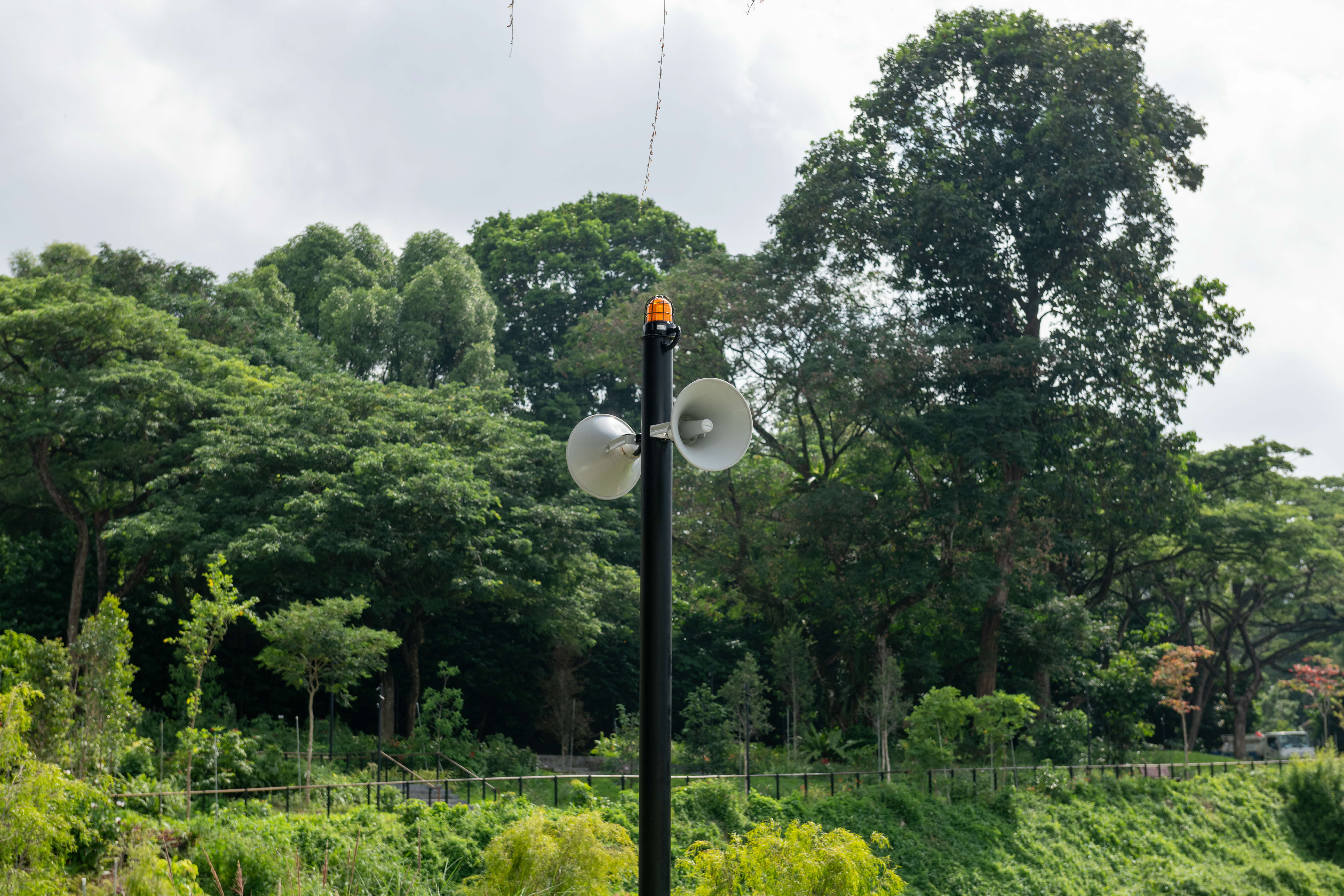 Photo from PUB
Photo from PUB
Additionally, red safety markers and signages have been installed around the park to educate visitors on areas to avoid due to rise in water levels.
Relevant stories
MORE STORIES










